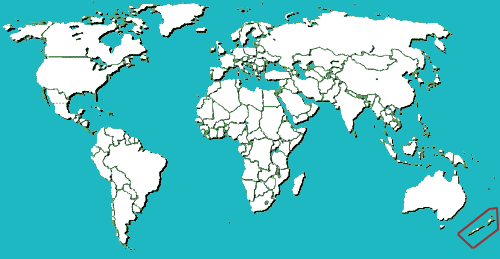
Circle the area on this map

C. Auckland is the largest city in New Zealand with nearly a million people more than either Christchurch or Wellington, the third largest city and the nation's capital. Brisbane is in Australia.
A. Officials said liquefaction was up to 500 percent worse this time. Also, many buildings may have been weakened by last September's earthquake, which was centered farther from Christchurch and twice as deep in the earth.
D. New Zealand shakes as the Pacific and Indo-Australian plates crash into each other. The country lies on the "Pacific Ring of Fire" where large numbers of earthquakes and volcanic eruptions occur along the edges of the Pacific plate.
D. The Maori are believed to have arrived in New Zealand between 1250 and 1300 AD after voyaging in canoes from Tahiti and its neighboring Polynesian islands. Europeans first saw the country in 1642 and began arriving in large numbers during the 19th century.